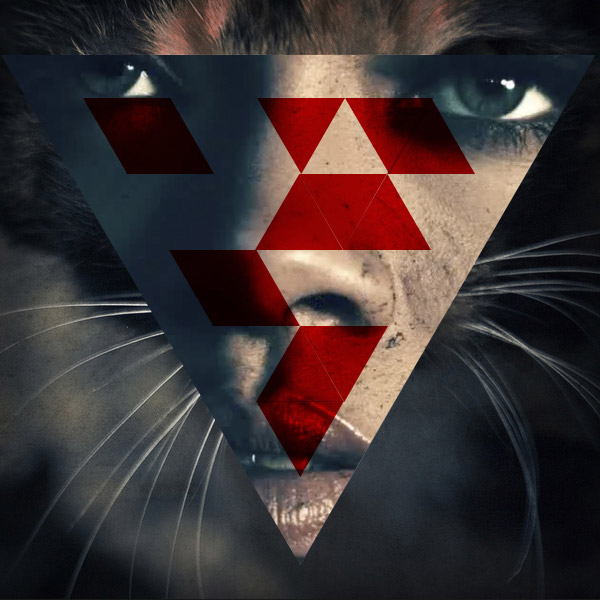The last of the three categories covers “Elbrouz-II”, which is again by Varsely is another interesting piece of work. This time it is much more complicated than the others and seems to follow no form or style, it simply places shapes all around the composition making it quite interesting. But with a bit of a more deeper look within this category, it has also, like the others been broken down. There seems to be images that uses the shapes to provide the most information about the image, and the shapes are there to provide context much like these images;
In another the shapes over the top of the original image have been used to simply distort the original form of the image which makes the image more complex and harder to understand. These are some great examples of this;
Next you notice in this final sub category, you will notice the shapes are the entire form of the image and they are completely made from the image filled shapes. This makes for some really complex but interesting visuals and you can see a few examples of this here;



































